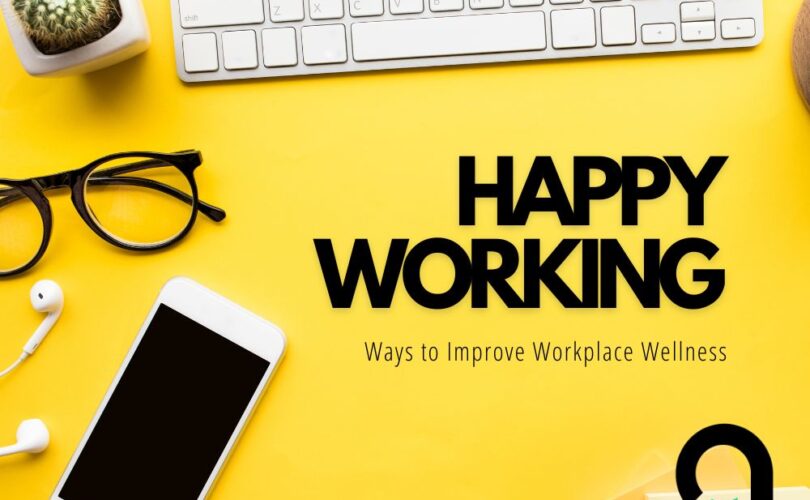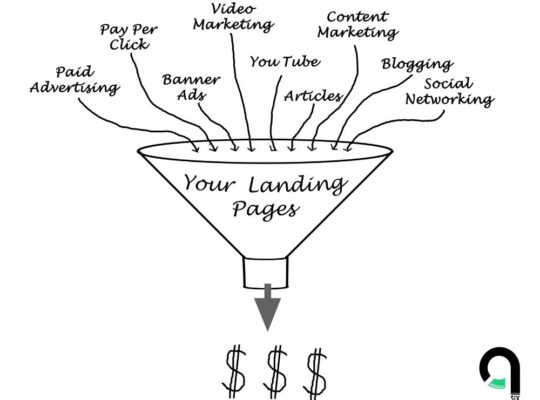“Dealing with a global health crisis has made employers see even more clearly just how important it is to have healthy employees – and the responsibility they have to look after their people’s wellbeing. Digital health is playing a big role in transforming our approach to wellbeing…” –Richard Branson
Corporate wellness, also known as workplace wellness and corporate well-being, is important for employers and employees alike. According to the Global Wellness Institute, workplace wellness is any workplace health promotion activity or organizational policy designed to support healthy behavior among employees and to improve health outcomes. Having more corporate or workplace wellness programs that promote employee health:
- Employees are more likely to be productive with fewer accidents
- Employees experience less absenteeism
- Employees and employers have lower healthcare costs
- Employers create a better workplace culture which helps retain better employees
Since 2020, healthcare costs have significantly risen, and as of 2023, that amount is said to be increasing even more drastically. A study by Kaiser Family Foundation indicates that healthcare costs for employers and families rose by 4%, annually, from 2020 through 2021 and 2022. As of 2023, those costs are expected to increase by 6.5%. The brunt of soaring healthcare costs is due to lifestyle choices. In fact, many studies suggest between 70%-80% of chronic diseases and illnesses are driven by lifestyle choices and habits such as:
- Poor Diet
- Physical Inactivity and Extended periods of remaining Sedentary
- Sleep Deprivation
- Insufficient Stress Relief
- Inadequate Social Connectedness
To help employers create a better environment for their employees’ well-being while helping to keep healthcare costs lower, we have put together a list of 7 corporate wellness program ideas.
Workplace Wellness Ideas
- Lunch and Learn
Regularly host lunch events with employees where something healthy is served for lunch and, at each event, a guest speaker presents on a topic that teaches the employees things that will benefit their well-being. Such topics may include physical and dietary health, financial and investment advice, social connectedness, stress relief, and more. The presenter could be in-person or over a Zoom presentation. An example would be hosting a Meal Prep 101 Zoom, teaching employees about meal prepping which can help improve their diet, and their health, as well as save people time and money. An added bonus is that learning to cook and prepare food for the week can help people spend more time with their families, in their hobbies, and in their personal lives which can help prevent workplace burnout.
- Outdoor Walking Meetings
Walking outdoors helps with mental health and physical health. Having meetings or discussions while walking can make them feel less stressed, encourage bonding, and promote mental stimulation for a spark of creativity. Walking meetings also help improve workplace culture and social connectedness. These can be one-on-one meetings or consist of small groups.
- In-Office Gym
Having a gym in the office encourages employees to workout while improving their physical and mental health. This gym can offer an area for weightlifting, cardio, and a space for yoga or other group exercise classes with the aid of video-led instruction. Group exercises promote social connectedness and work culture. These office gyms can be rather exciting and invigorating, or they can be budget-friendly.
- Offer Payment for Athletic Hobbies
Encouraging employees to have athletic hobbies outside of work helps create work-life balance while promoting mental and physical well-being. These hobbies could include such things as joining an adult basketball league, softball team, flag football, jiu-jitsu, kickboxing, dance classes, running clubs, a soccer team, a baseball league, or even golfing. There are plenty of other great ideas and options available for this. People who have regular hobbies are less likely to have workplace burnout. Having an athletic hobby can also improve stress relief, quality sleep, and social connectedness inside and outside of the office. It can also harness a sense of accomplishment for people lacking that in the workplace.
- Pay for Gym Memberships
Not everyone wants to workout in the office gym, and some are unable. By offering employees gyms to go outside of work, more are encouraged to become a member at a gym. This will help with mental and physical health, and if employees workout together they may improve their social connectedness while relieving stress. Employers’ human resources can easily find gyms that offer corporate or group discounts which helps people save even more money.
- Work From Home Options
By allowing employees to work from home, they can save time in their commute, money on vehicle costs, and money for auto insurance, while spending more time with family and doing the things they need to do in their personal lives. This is a great way to promote work-life balance and mental health while reducing stress. There is evidence to suggest that for some careers, working from home can increase productivity for employers. Continue to include these employees in online meetings and be sure to encourage team involvement so they do not feel alienated.
- Office Fun & Games
Getting the team together for fun, laughter, encouragement, and games build a positive work environment and work culture. These can be related to the work done in the office, but should also include fun and games unrelated to work to strengthen the human connection. There could even be a dedicated area for simple games like Uno, checkers, chess, board games, conversational card games, Connect Four, etc. These not only build teams, but they also relieve stress. You can really get creative with games for employees to play in-office and remotely.
Overall, each of these corporate wellness ideas can create a positive impact on a company’s overall well-being by putting their employees’ health first. Whether these employees are working in-office, or in a virtual office, there are ways of getting employees in a better state of mental health, and physical health, while encouraging their personal development. Simultaneously, employees could provide higher production and gain lowered health costs with their personal health at the forefront. These steps could seriously improve work-life balance and reduce workplace burnout while thwarting chronic disease and destructive lifestyles that hurt the employee and the employer alike.







